Welcome to the 979 new members of the curiosity tribe who have joined us since Friday. Join the 80,207 others who are receiving high-signal, curiosity-inducing content every single week.
Today’s newsletter is brought to you by Write of Passage!
Fun Fact: This newsletter would not exist if not for David Perell.
When we first met, David explained his concept of the Personal Monopoly and convinced me to go all in on building mine. One year later, here we are.
The Internet unfairly rewards people who have a unique set of skills, experiences, and ideas. When that combination is so unique that it can’t be replicated, you create a Personal Monopoly.
David Perell has become the go-to guy for writing online, and has helped thousands of students create their own personal monopolies. He’s created a free guide to help people uncover their strengths, clearly communicate their value, and start building their reputation online with a free lesson from his Write of Passage course.
This is a life cheat code. I highly recommend checking it out!
Today at a Glance:
Type I Procrastination is common and generally not very harmful. We procrastinate on doing the laundry, taking out the trash, or replying to our emails. Type II Procrastination is equally common, but much more damning. Type II tasks tend to be the long-term important projects—the true growth creators. When we procrastinate on these projects, we fail to make progress.
The Anti-Procrastination System involves five core steps: (1) Awareness, (2) Deconstruction, (3) Plan Creation, (4) Stake Creation, and (5) Action.
The system is equally applicable for both Type I and II, but given its deliberate structure, it’s likely better to walk through for the first time in the context of Type II Procrastination.
How to Stop Procrastinating

Confession: I’ve spent most of my life as a chronic procrastinator.
I’ve also spent most of my life justifying that chronic procrastination. “It’s just how I work,” I’d say to myself after yet another stress-inducing last-minute sprint to complete a project. The pressure of an imminent deadline was what I needed to thrive.
Scientifically, I wasn't wildly off…
The Yerkes-Dodson Law—originally developed by psychologists Robert Yerkes and John Dodson in 1908—says stress and performance are positively correlated…up to a point, after which more stress reduces performance.

But there are two core issues here:
It’s very difficult to honestly review where you sit on the curve. Are you really at optimal stress, or have you gone past that point on the curve?
If procrastination is the only way you’re able to create optimal stress, you only work on the urgent tasks—very rarely the long-term important tasks. As you’ll recall from my piece on The Ultimate Productivity Tool, this is a recipe for stalled progress.
What I realized: A modest amount of stress, pressure, and arousal is good—but relying on procrastination to create it is bad. Procrastination is a growth limiter—it restricts our potential.
It became clear to me that I needed to develop a system to fight back.
In today’s piece, I’d like to share that system with all of you.
The Anti-Procrastination System
I categorize procrastination-prone tasks into two types:
Type I: Small & Boring
Type II: Big & Scary
Type I Procrastination is common and generally not very harmful. We procrastinate on doing the laundry, taking out the trash, or replying to our emails.
Type II Procrastination is equally common, but much more damning. Type II tasks tend to be the long-term important projects—the true growth creators. When we procrastinate on these projects, we fail to make progress—we stall.
The Anti-Procrastination System involves five core steps:
Awareness
Deconstruction
Plan Creation
Stake Creation
Action
The structure is sequential, but its practice is often dynamic & iterative.
Note: The system is equally applicable for both Type I and II, but given its deliberate structure, it’s likely better to walk through for the first time in the context of Type II Procrastination.
Let's walk through each of the steps...
Awareness
As with most mental hurdles, the first step is becoming aware of the problem.
Procrastination is defined as the action of postponing or delaying something. Ancient Greek philosophers called it Akrasia—acting against your better judgement. We procrastinate when it's easier to delegate a task to our future self.

Don’t beat yourself up about it. The proclivity to procrastinate is literally hardwired into our DNA. We value immediate rewards, even if we know that it isn’t what’s best for us in the long-term.
To develop awareness, schedule a daily assessment of your day-to-day actions. Start by identifying the important long-term projects in your life.
Then ask a few questions:
Am I proud of the actions I am taking on these big projects?
Am I doing what I should be doing?
If the answers are “no”—that’s great.
You're now aware of your procrastination and can proceed to the next step...
Deconstruction
The driver of Type II Procrastination is that big and scary projects are...well...big and scary.
In his famous Ted Talk, Tim Urban uses the example of a senior thesis. If you define the project as "write my 100-page thesis" you’re already pre-wired for procrastination.
To the chronic procrastinator—or to any human, really—large, long-term projects look like a big, black box. Our imaginations tend to fill that box with endless complexity and unknown horrors.
We know it's important, but it's too intimidating and abstract as a whole.
So how do you attack that? Well, get out your sledgehammer and break it apart…
It's critical to deconstruct the big and scary project into small and individually-manageable tasks.
In the example of the senior thesis, the tasks might be:
Construct a note-taking system
Gather important pieces of research
Annotate key pieces of research
Craft thesis outline
Etc.
The goal here is a simple mental conversion from intimidating to manageable.
Plan Creation
Next, you need to develop a plan of attack to check off the deconstructed task list.
The plan for each micro task should be:
Specific: Exactly what you'll do.
Time Bound: When you’ll do it.
Important Note: We tend to overestimate what we can do in a day (and underestimate what we can do in a year). When you are setting time bounds, lean towards being less ambitious on the micro scale. Give yourself easy wins early on with achievable time bounds.
Create a project document. I use Notion (see below for an illustrative example), but you can use whatever system you are comfortable with.
A few guidelines for the project document:
Write down the specific tasks under each major deconstructed pillar of the project.
Write down your timeline for each task.
Pro Tip: Once you complete the project document, but before starting the project, hide the future pillars to avoid upfront intimidation at the amount of work on your plate. Focus on the present.
Stake Creation
This is perhaps the most important step of the system, but it’s an easy one to overlook.
You can create—and then raise—stakes as a means to driving better outcomes.
A few ideas:
Public Declaration: State your intentions publicly. Tweet it out, post it on LinkedIn, tell a bunch of friends at a dinner. Once you’ve stated something publicly, you’ve made it more costly to flake. No one wants to break their word.
Social Pressure: Make a plan to meet a friend somewhere to do the initial work. Schedule a time and a place to meet them and exactly what work you’re going to be tackling while you are there. Similar to a public declaration, the social pressure from one friend is often enough to get you over the hump.
Reward: Plan a reward if you do what you're supposed to. Allow yourself to have a nice walk, a coffee break, or a dinner with friends. The knowledge that something nice will happen if you get the task done is a powerful motivator.
Penalty: Plan a penalty if you don’t do what you’re supposed to. Every athlete remembers the painful punishments that followed a lazy practice. When used sparingly, penalty systems can work.
Use stakes to turn big projects into a “game” for yourself. These mental games can be very effective!
Action
Action is often the hardest part. Specifically, the first action—the first motion.
Tim Urban calls it the Dark Woods vs. Dark Playground Decision. You have to decide whether to turn left and head to the fun, bright playground, or turn right and head into the dark, scary woods.
James Clear calls it the Procrastination-Action Line. The point of maximum pain just before you start to move.
No matter what you call it, it's important.
Here’s the key: Newton’s First Law of Motion. A body in motion tends to stay in motion. So just start moving…
To create initial movement, you can try the following:
Plan a Sync Session: Similar to the “social pressure” stake above, meet a friend for the initial movement.
Reward Initial Movement: Attach a small reward to completing the initial movement (e.g. a walk outside).
Lion Technique: Commit to a single short (30-minute) sprint followed by luxurious rest.
The hardest part is really just getting started.
Give yourself a quick win—winning is contagious. Big wins are simply the aggregate result of consistent small wins.
Important Note: Make sure to work in line with your energy. Schedule focused work sprints during times of day when your creative energy is abundant.
Conclusion
So to recap, the Anti-Procrastination System:
Awareness: Schedule a daily assessment of your day-to-day actions. Start by identifying the important long-term projects in your life. Then ask a few questions: Am I proud of the actions I am taking on these big projects? Am I doing what I should be doing? Create an awareness of your procrastination.
Deconstruction: Large, long-term projects look like a big, black box. Our imaginations tend to fill that box with endless complexity and unknown horrors. It's critical to deconstruct the big and scary project into small and individually-manageable tasks.
Plan Creation: Develop a plan of attack to check off the deconstructed task list. The plan for each micro task should be specific and time bound. Create a project document to track the plan and tasks.
Stake Creation: Create stakes that turn big projects into a “game” for yourself. These mental games can be very effective!
Action: A body in motion tends to stay in motion. Create systems that spark initial movement. Engineer small wins (they become big wins over time).
The entire Anti-Procrastination System is intended to be dynamic and iterative. As you work through your big projects, be sure to constantly assess and tweak your plan and process. Find new ways to raise the stakes and get moving.
It's not perfect, but this system will help you bust through the walls of procrastination. I guarantee it.
Give it a shot and drop me a message or comment to let me know how it works for you!
Author’s Note:
I normally write these newsletters on Tuesday mornings (for a Wednesday send). I find that the stress of the next day send typically helps—but it is, without a doubt, an example of my own chronic procrastination in action.
So for today’s edition, I decided to practice what I preach…
I deconstructed the newsletter into the individual sections and made a plan to tackle one at a time with a 5-minute breather in between each. I established some stakes, telling myself I could go to my club for an afternoon steam/sauna if I got the newsletter done as planned.
And then I sat down at my computer on Monday AM, large Dunkin’ Donuts cold brew in hand, and began to write. Action.
Now it’s 4pm on Monday afternoon—and I’m officially closing my computer for the day to head to the club for that steam/sauna I promised myself.
The Final Score: Sahil 1, Procrastination 0.
Where It Happens Podcast
The Future of Gaming | Ryan Wyatt, Polygon Studios
Watch it on YouTube and listen to it on Apple Podcasts or Spotify. Want more? Join the 4,000+ in our unique community on Discord.
Special thanks to our sponsors for providing us with the support to bring this episode to life.
This episode is brought to you by LEX. We’re always looking for breakthrough businesses. And, our audience has repeatedly asked how they can invest in commercial real estate. Lex is the easy answer. LEX turns individual buildings into public stocks via IPO, so you can invest, trade, and manage your own portfolio of high-quality commercial real estate. It’s so simple to get started today.****
Sign up for free at lex-markets.com/room and get a $50 bonus exclusively for our audience when you deposit at least $500. It’s a no-brainer.
This episode is also brought to you by Outer. Spring is in the air in both NYC and Miami, and we can’t get enough of our Outer outdoor furniture. Their furniture looks incredible and is durable. Personally, we love the Outdoor Loveseat.
Right now for our audience exclusively they are offering $300 off any product + free shipping until May 1. This is one of the most generous offers of any sponsor we’ve had. Did we mention they have a 2-week free trial? Go to liveouter.com/room to get the deal.
Sahil’s Hiring Zone
Featured Opportunities
Artifact - Product Designer
Clay - Growth Manager
Assemble - Software Engineer
Elevate Labs - Senior Growth Marketing Manager
Pallet - BD & Sales, GTM & Ops—Creator Growth
Skio - Account Executive
SparkAI - Full Stack Engineer
The full board with 30+ other roles can be found here!
Talent Collective
Excited to announce the launch of my new talent collective! Members of the collective will get exclusive access to opportunities at my favorite high-growth startups across the tech landscape.
Completely free for candidates. Use the link here to apply!
Companies can get exclusive access to these terrific candidates by buying a collective pass here.





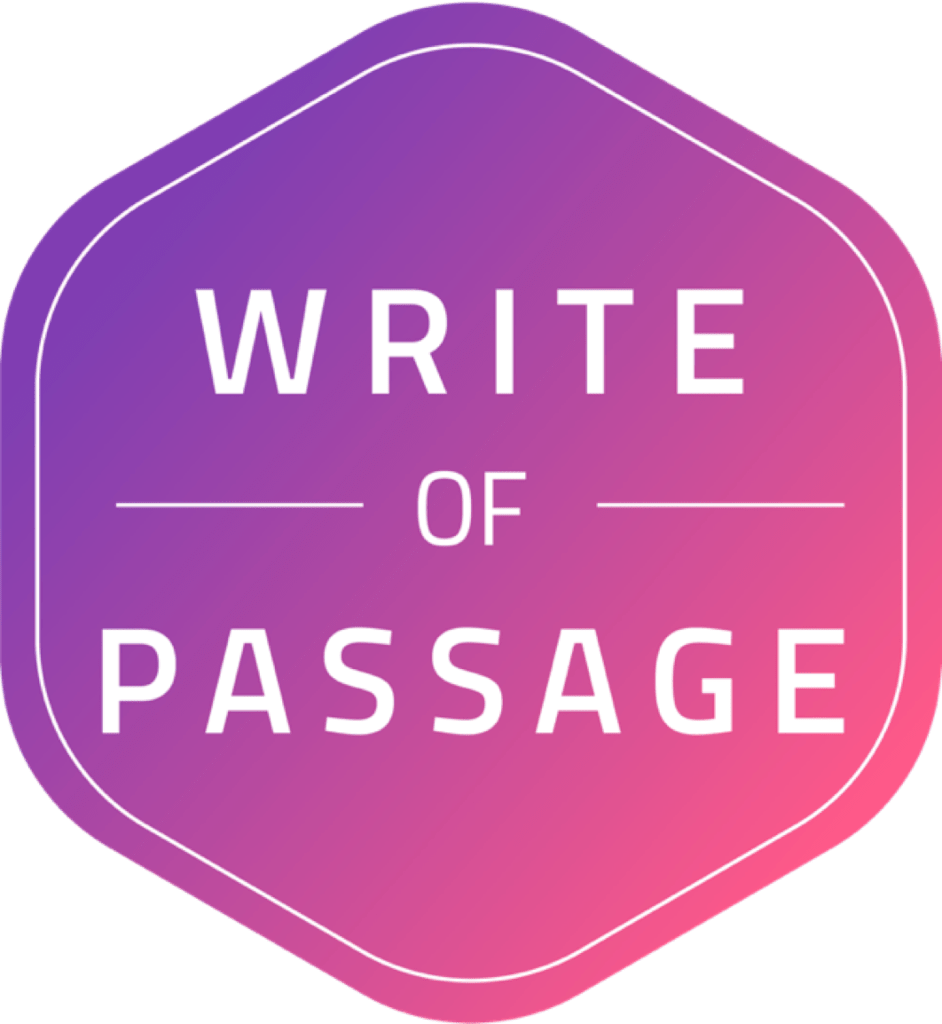

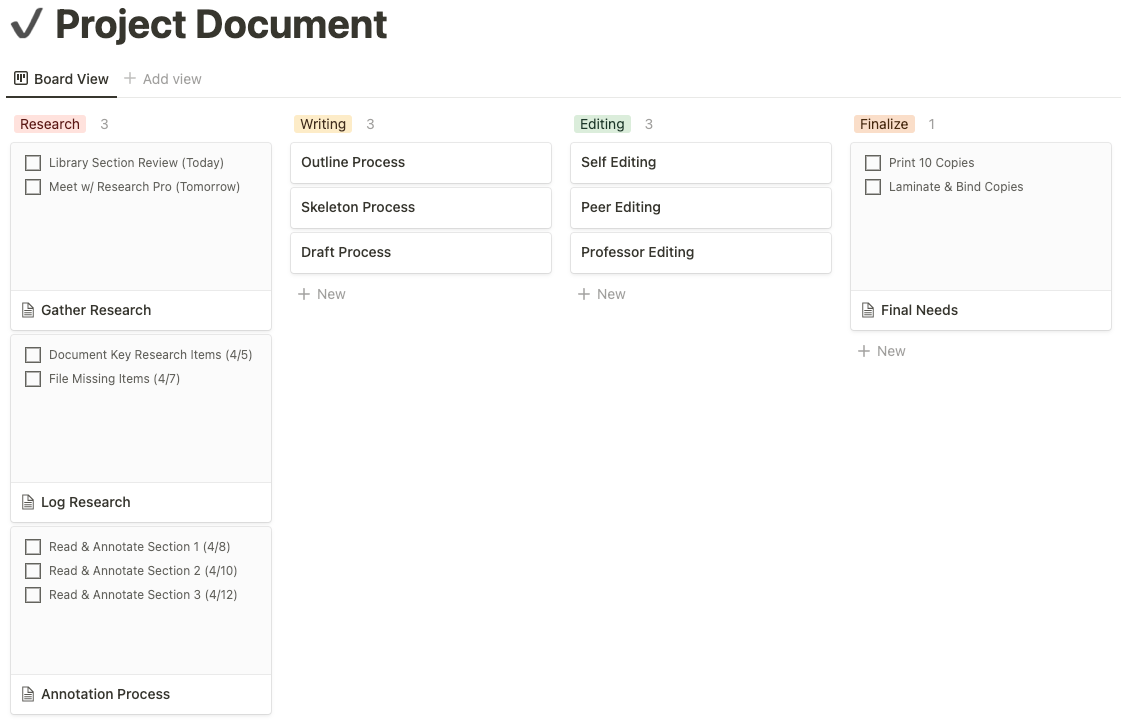
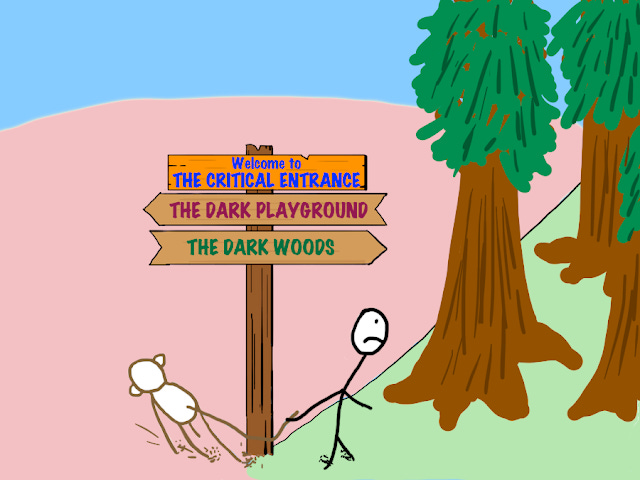






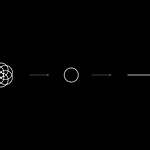
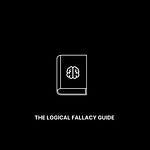





Share this post